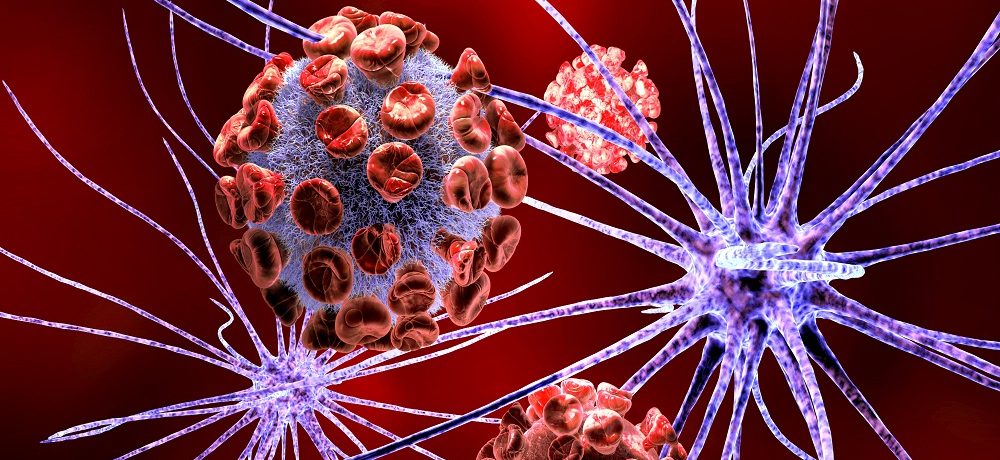Management and Treatment
Evidently, at present there is no definite line of treatment or no cure for Parkinson’s, however, there are a number of treatments that can ease symptoms and help improve the quality of life for the patient and the caregivers. Treatment is extremely individualized and adjusted over time based on symptoms and side effects.
Parkinson’s medications are the backbone of treatment; however, modalities are frequently used in combination. Nearly all patients with Parkinson’s disease ultimately need to take the medication in case of some evident motor symptoms.
Numerous courses of medications are available like Carbidopa/Levodopa remains the most effective symptomatic therapy and is available in many strengths and formulations. In some cases, it also may be used in combination with other classes of medications with Dopamine Agonists, COMT Inhibitors, MAO Inhibitors, and Anticholinergic agents.
Several medications treat specific symptoms of Parkinson’s disease. Symptoms treated often include the following:
- Erectile and sexual dysfunction.
- Fatigue or sleepiness.
- Constipation.
- Sleep problems.
- Depression.
- Dementia.
- Anxiety.
- Hallucinations and other psychosis symptoms.
Physical, occupational and speech therapy are definitely significant partners in the treatment plan.
- Physical therapy can improve gait and direct the patient to the right exercise regimen.
- Occupational therapy helps in maximizing fine motor skills.
- Speech therapy addresses speech and language barriers that may arise with Parkinson’s disease.
Surgical options also have an important role in the subcategory of patients with Parkinson’s disease. In some cases, patients with Parkinson’s disease may seek Deep Brain Stimulation (DBS), a surgical therapy that has been FDA-approved for over a decade. This treatment method is all likelihood an option in the later stages of Parkinson’s disease when levodopa therapy becomes less effective, and in people who experience tremor that doesn’t seem to respond to the normal medications.
- Who Qualifies: Patients with a robust response to Levodopa, no significant cognitive or psychiatric problems, and no significant problems with balance are considered suitable candidates for this procedure.
- What does it work: Surgically, an electrode is implanted into a targeted area of the brain, usually the subthalamic nucleus (STN)/ the globus pallidus internal (GPI). It’s optional to place the implants on a particular side of the brain or sometimes on both sides, as required. The electrodes are stimulated through a connection to a pacemaker-like device located under the skin in the chest.
- Is it helpful: This procedure does help patients with medication-resistant tremors.
It can also be beneficial to patients who have major motor fluctuations in which medication response changes during the day and dyskinesias or extra movements may arise as a side effect of medication.
Complementary therapies may prove effective to treat some Parkinson’s disease symptoms. Lifestyle changes are extremely helpful. These changes involve proper exercise schedules like
- Cardiorespiratory exercise (fitness training)
- Resistance exercises (strength training)
- Flexibility exercises (stretching)
- Gait and balance training.
Experimental treatments: There is continuous research to find a definite line of treatment that helps patients with Parkinson’s disease. Today, there may not be widely available, however, it is a sign of hope to people with this condition. Some of the experimental treatment approaches include:
- Bone marrow transplants– These add new dopamine-using neurons into the patient’s brain to replace the damaged ones.
- Neuron-repair treatments– These treatments try to restore the damaged neurons and encourage new neurons to form.
- Gene therapies and gene-targeted treatments– These treatments target particular mutations which are responsible for Parkinson’s disease. Some also enhance the efficiency of levodopa or other treatments.
A thorough, accurate and timely analysis and examination by an experienced team of doctors can help in determining the best treatment plan for any obvious and discreet symptoms.
Participating in Clinical Trials. These trials and their participants have revolutionized Parkinson’s treatment. They have not only changed the lives dramatically of those affected but also helped make available many new treatments. Furthermore, they have improved the delivery methods of medications and new deep brain stimulation techniques.
A robust team of doctors and caregivers, which may include:
- Movement disorder specialist
- Primary care provider
- Rehabilitation specialists including physical, occupational, and speech therapists
- Nurse
- Nutritionist
- Psychologist
- Neuropsychologist
A robust team of doctors and caregivers is extremely beneficial in case of Parkinson’s disease as there are some additional complications which may not be disregarded when understanding the course of treatment.
The additional complications may include:
- Thinking difficulties.
- Depression and emotional changes
- Chewing and eating problems
- Swallowing problems
- Sleep problems and sleep disorders
- Bladder problems
- Constipation
- Blood pressure changes
- Smell dysfunction
- Fatigue
- Pain
- Sexual dysfunction
India is a hub to the best Parkinson’s treatment hospitals that are equipped with the latest infrastructure, technology and doctors.


